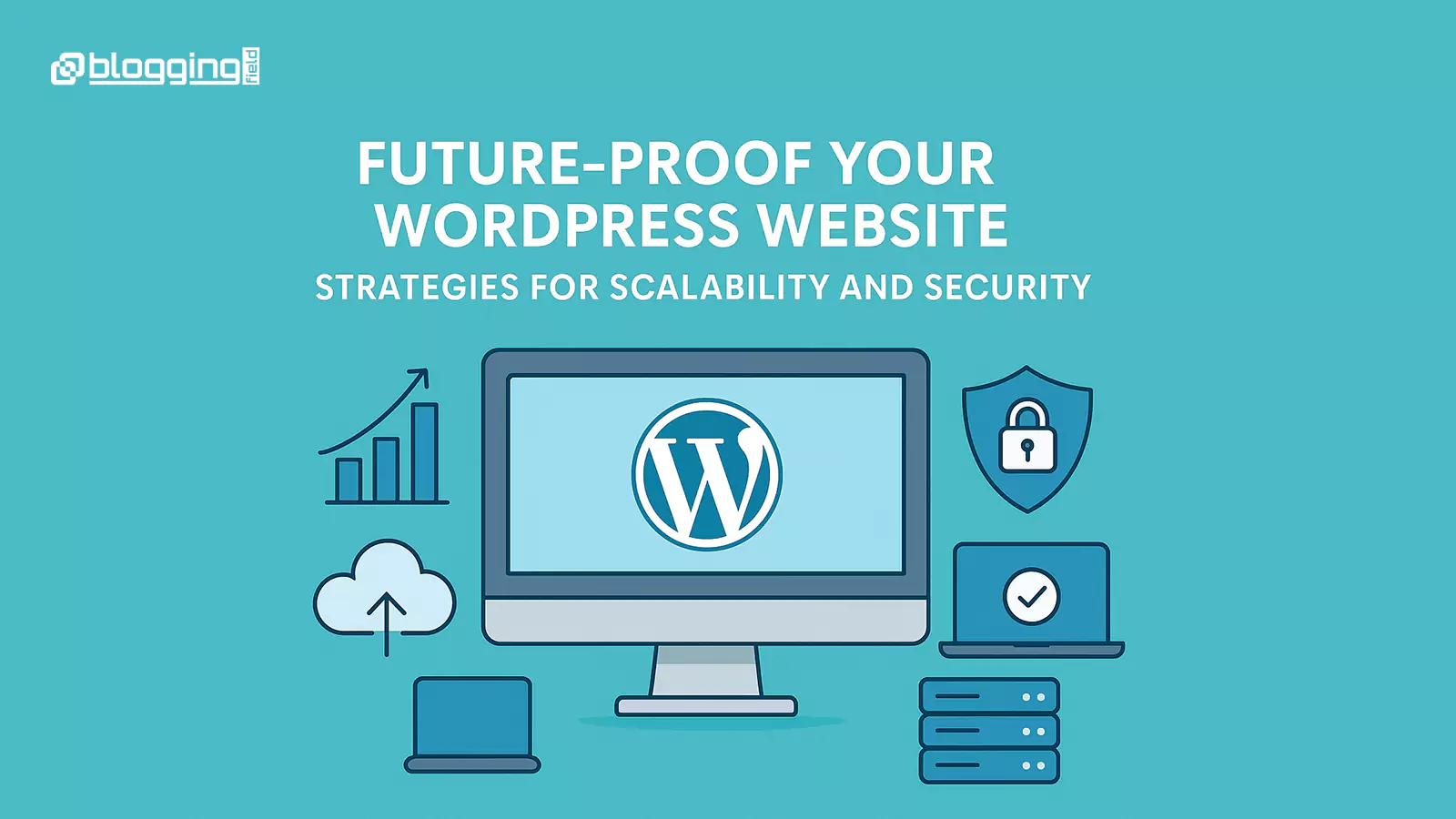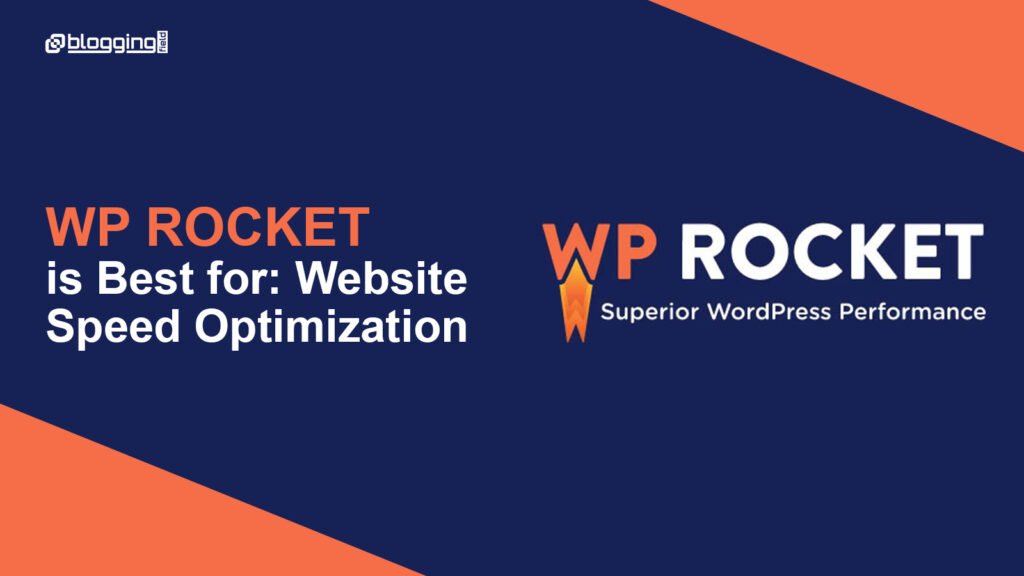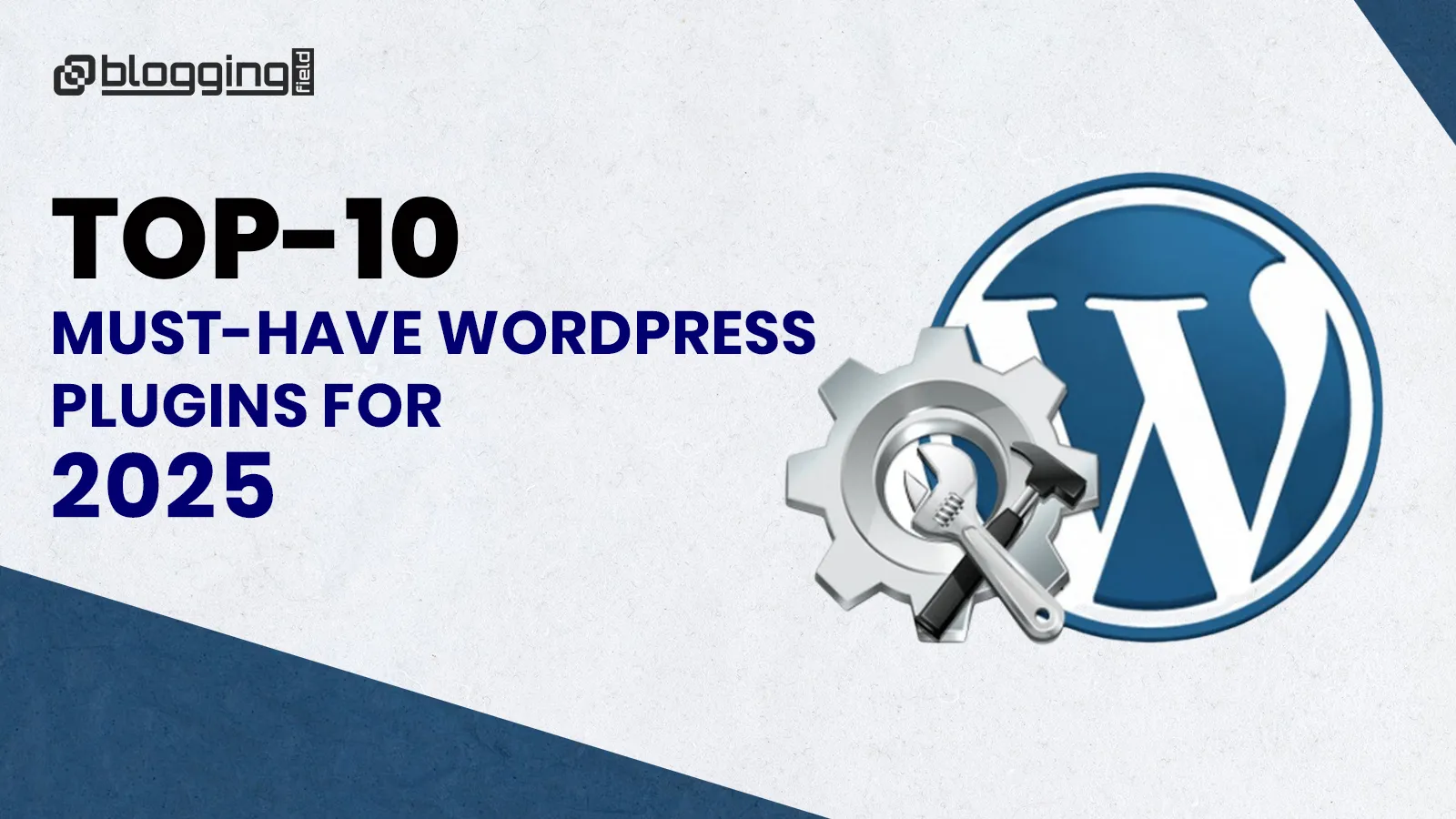Introduction
Strategies to future-proof your WordPress website
1. Choose Scalable WordPress Hosting
The foundation of a future-proof website is high-quality hosting. If your hosting can’t handle spikes in traffic, your site risks downtime and poor user experience.
Opt for Managed WordPress Hosting (e.g., Kinsta, WP Engine, SiteGround).
Ensure your hosting supports auto-scaling resources like CPU, RAM, and bandwidth.
Check for CDN (Content Delivery Network) integration to deliver content faster worldwide.
Scalable hosting ensures your site grows with your business without performance bottlenecks.
2. Keep WordPress Core, Themes, and Plugins Updated
Outdated software is a hacker’s favorite entry point. Regular updates protect your site from vulnerabilities.
Always keep WordPress core updated to the latest version.
Update themes and plugins regularly (use only trusted sources).
Use a staging site to test updates before applying them live.
Automating updates or using a managed host can help streamline this process.
3. Implement Strong Website Security
Cyber threats are evolving, and your site needs robust protection.
Use SSL certificates (HTTPS) to secure data transfer.
Install WordPress security plugins like Wordfence, iThemes Security, or Sucuri.
Enable two-factor authentication (2FA) for all user logins.
Limit login attempts and monitor suspicious activity.
Regular security audits can help ensure your website stays one step ahead of attackers.
4. Optimize for Speed and Performance
A slow website not only frustrates users but also hurts SEO rankings.
Use lightweight themes and avoid bloated plugins.
Implement caching solutions like WP Rocket or W3 Total Cache.
Optimize images with tools like Smush or ShortPixel.
Use lazy loading to improve page speed.
Fast-loading websites are more scalable and offer a better user experience.
5. Regular Backups and Disaster Recovery Plan
Future-proofing means preparing for the worst.
Use backup plugins like UpdraftPlus, VaultPress, or BlogVault.
Store backups on cloud storage (Google Drive, Dropbox, or Amazon S3).
Set up automated daily backups and test restore functionality.
A strong disaster recovery plan ensures your site can bounce back from hacks, crashes, or server failures.
6. Leverage a Content Delivery Network (CDN)
If your audience is global, a CDN helps deliver content faster and reduces server load.
Popular CDNs: Cloudflare, StackPath, BunnyCDN.
CDNs protect against DDoS attacks while improving scalability.
This ensures high availability, even during peak traffic periods.
7. Use Scalable Website Architecture
As your business grows, your website structure must handle increased content and users.
Plan modular website architecture for easy scalability.
Use custom post types and structured taxonomies.
Implement REST API or GraphQL for headless WordPress setups.
This makes it easier to integrate with mobile apps, third-party services, and future technologies.
8. Monitor and Analyze Website Performance
You can’t scale or secure what you don’t measure.
Use Google Analytics 4 for traffic analysis.
Monitor uptime with UptimeRobot or Pingdom.
Track performance with New Relic or GTmetrix.
Consistent monitoring ensures issues are identified before they impact users.
9. Ensure Mobile Responsiveness
With mobile-first indexing, a future-proof website must be fully responsive.
Use responsive WordPress themes or builders like Elementor or Divi.
Optimize mobile speed with AMP (Accelerated Mobile Pages).
Test across devices and screen sizes for consistency.
Mobile optimization improves both user experience and SEO ranking.
10. Plan for Future SEO and Content Scalability
Search engines evolve, and so should your SEO strategy.
Implement schema markup for better search visibility.
Optimize for voice search and AI-driven queries.
Create a content calendar for ongoing growth.
Ensure site architecture supports scalable blog categories and tags.
A future-proof SEO strategy ensures your website continues to attract organic traffic.










